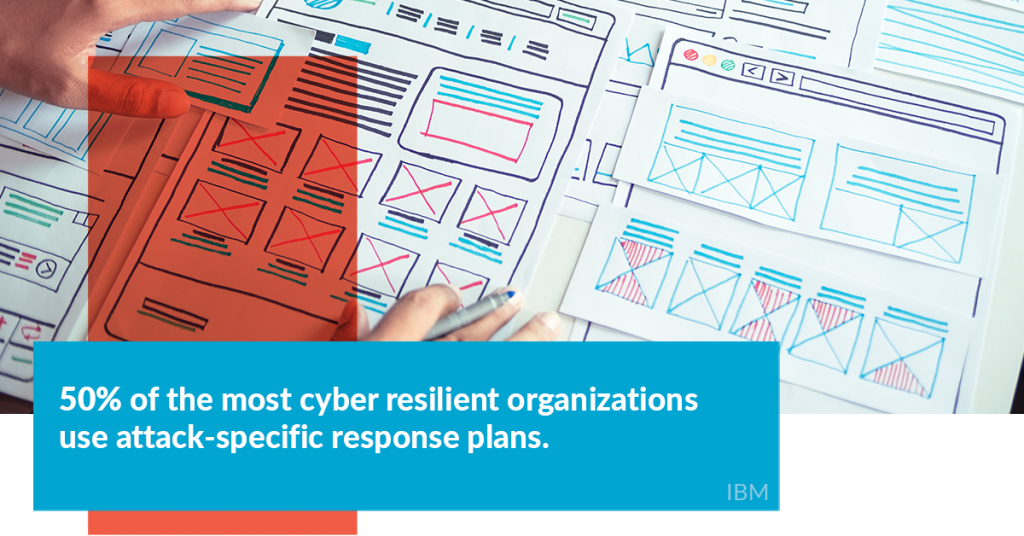The cyberthreat landscape is evolving at lightning speed and traditional security measures cannot keep up with it. Experts have predicted that a ransomware attack will occur every 11 seconds in 2021.3 The only way forward for businesses, including yours, is to draft a cyber resilience strategy that highlights ways to move forward in the face of a cyberattack.
Your business is cyber resilient when:
- You’ve implemented measures to guard against cyberattacks
- Proper risk control measures for data protection get deployed
- Hackers cannot severely disrupt business operation during or after an attack
The major components of a cyber resilience strategy are:
Threat protection
By deploying efficient attack surface management and risk management, you can easily take your business through the path of cyber resilience. Doing so helps you minimize first-party, third-party or fourth-party risks that arise because of data leaks, data breaches or misconfigurations. Additionally, assessment reports identify key risk areas that require attention.
Adaptability
Cybercriminals are shapeshifters who constantly change their devious tactics. Ensure your business can adapt to emerging cyberthreats.
Recoverability
To quickly bounce back after a security incident, your business must have all the necessary infrastructure, including robust data backups. Conducting mock drills that let you understand the employee readiness to counter cyberattacks is also important.
Durability
Your IT team can improve the business’ durability through constant system enhancements and upgrades. No matter what strategy the criminals use, prevent their actions from overwhelming you through shock and disruption.
